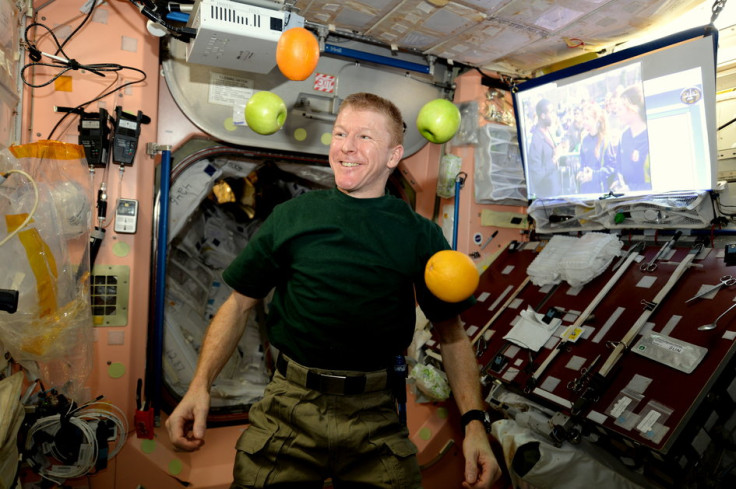Tim Peake: Permanent moon base could act as a 'stepping stone to Mars'

In an historic interview from the International Space Station (ISS), British astronaut Tim Peake has spoken of his belief that a base on the moon could be established and act as a stepping stone for a manned mission to Mars.
Major Peake also explained some of the experiments that he is conducting as part of his six-month mission and revealed that one of the things he misses most about being on Earth is the colour green.
Speaking to Sky News, Major Peake answered questions sent in by viewers as he performed somersaults, spun globes of the Earth and possibly inspired a lot more astronauts among the many school children watching. When asked about the prospect of a permanent lunar base – as proposed by billionaire Elon Musk recently – Major Peake said it would be a fantastic idea.
"It enables us to investigate many of the challenges we're going to face in terms of radiation exposure, (and) energy production," he said. "However the Moon in itself is a wonderful place to set up a location for research. There's a huge amount that we've still yet to discover about the Moon.
"It call tell us a lot of things about the origins of our own planet. I hope that we see that as a next destination in itself, and also as a stepping stone to Mars in the future."
We see 16 sunrises every day - but I've never seen one as beautiful as this. Good morning Earth! pic.twitter.com/sle3NiTIYB
— Tim Peake (@astro_timpeake) March 28, 2016
Over 250 experiments are being conducted by the crew as the European Space Agency-funded ISS orbits the earth at 7.6 km (4.5 miles) per second. "I think personally the medical experiments are some of the most exciting and interesting ones that have the potential to benefit people back on planet Earth the most," said Major Peake.
The astronaut also said he would love to make more missions to outer space – but does miss some things about being on Earth. "It is the fresh air and being outdoors, but also the colour green. We don't have the colour green on the Space Station."
© Copyright IBTimes 2025. All rights reserved.






















